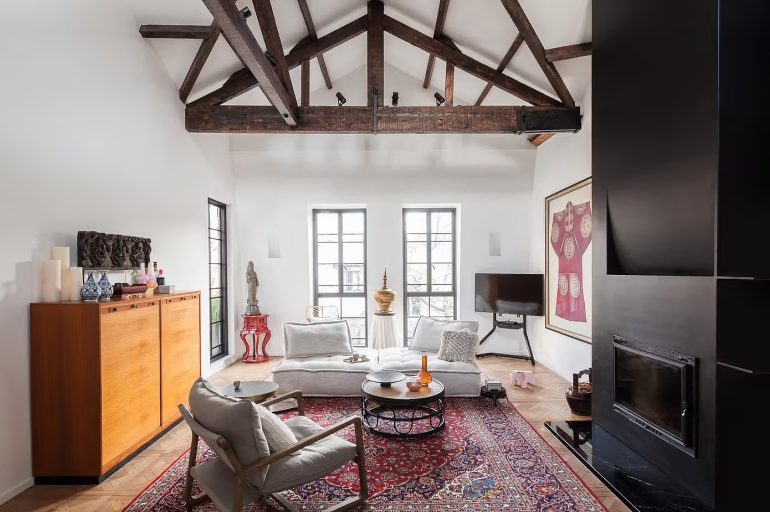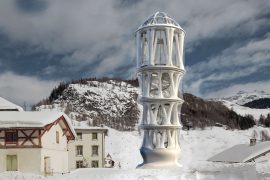Contemporary Chinese residential design is uniquely redefining the relationships between family and nature, tradition and modernity. Four case studies reveal a clear trajectory: from the East-West fusion of Shanghai’s old villas to multi-generational coexistence in Beijing’s rural villages; from modern villas beside Pudong’s orchards to Foshan’s family apartments integrated with quadruple gardens—designers are using spatial language to demonstrate how “home” can become a vessel for cultural inheritance and lifestyle innovation.
Cultural Dialogue in Old Architecture
The renovation of a French Concession villa in Shanghai (Nong Studio, 2019) resembles a cross-temporal conversation. The 7-meter-high wooden structure was exposed, with black iron fireplaces coexisting with Jiangnan wood carvings. The Sino-European couple’s collections—Tibetan tapestries, European tea sets, Southeast Asian wood carvings—became a living family tree against white walls.
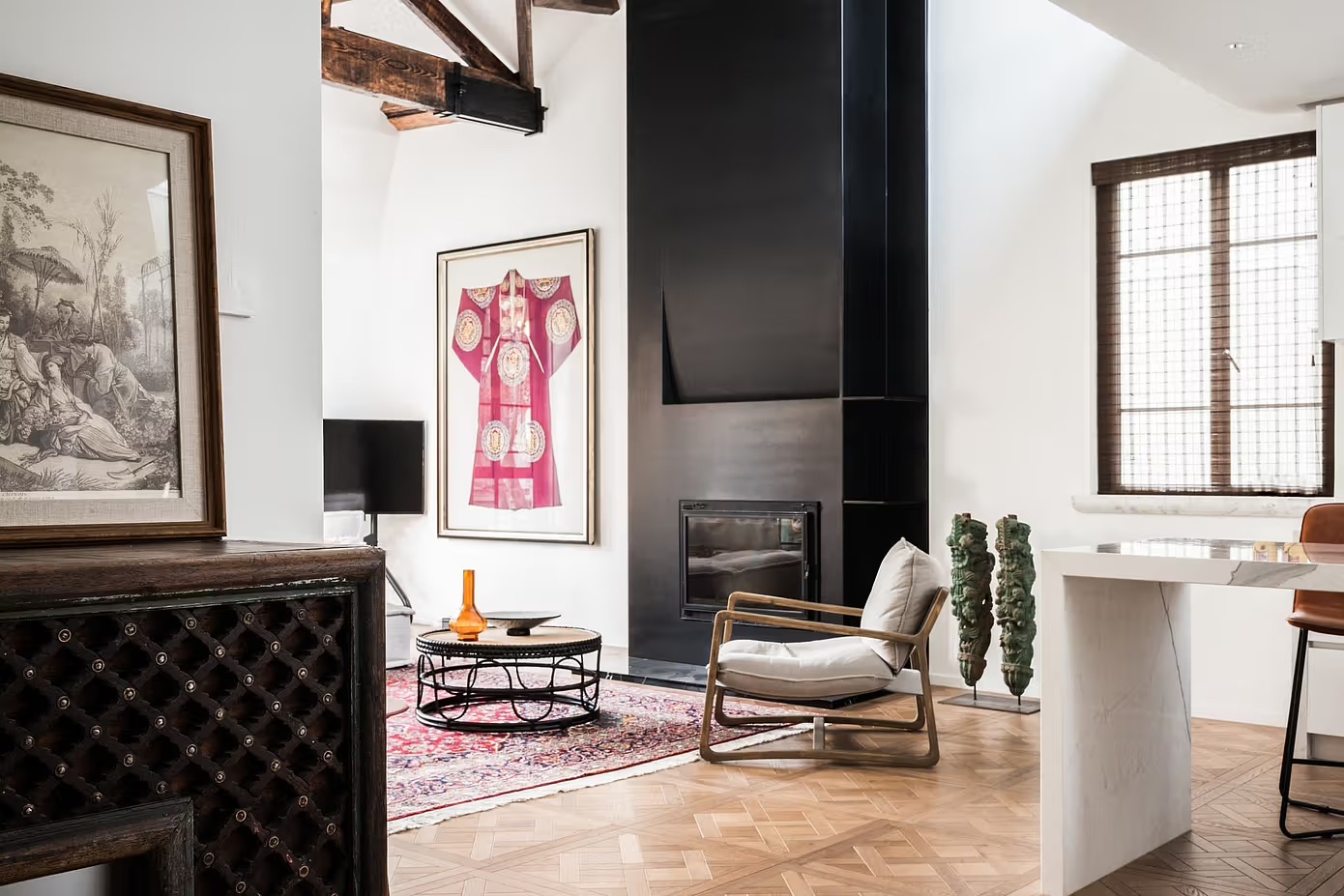
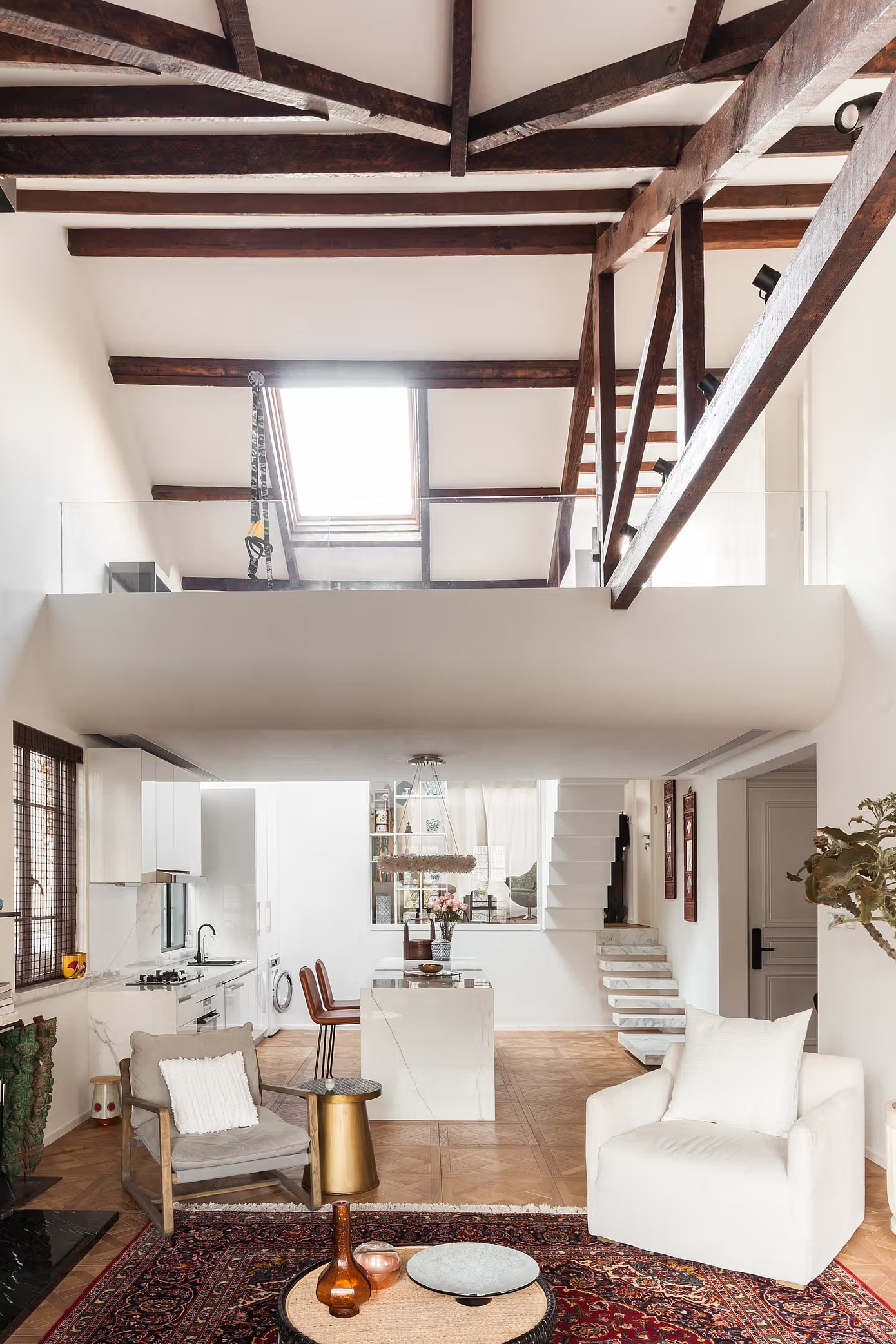
The designer preserved the old stained-glass window on the staircase landing, casting traditional patterns on the new teak floor with German joinery. This “old-new symbiosis” is more than a simple mix: Ming-style cabinets house German kitchen appliances, while handmade rice paper lamps in the yoga area cast ink-wash-like shadows on concrete walls.
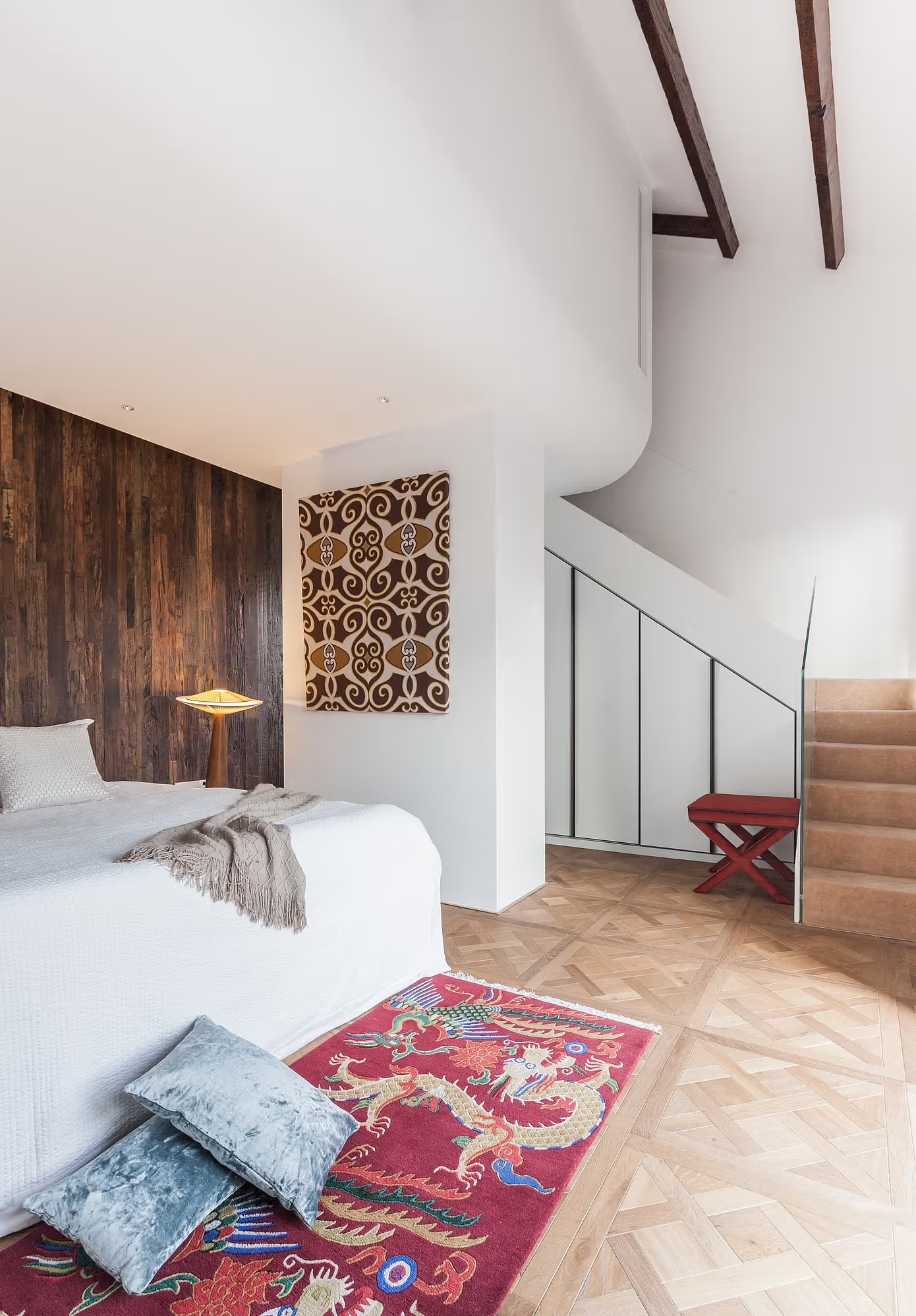
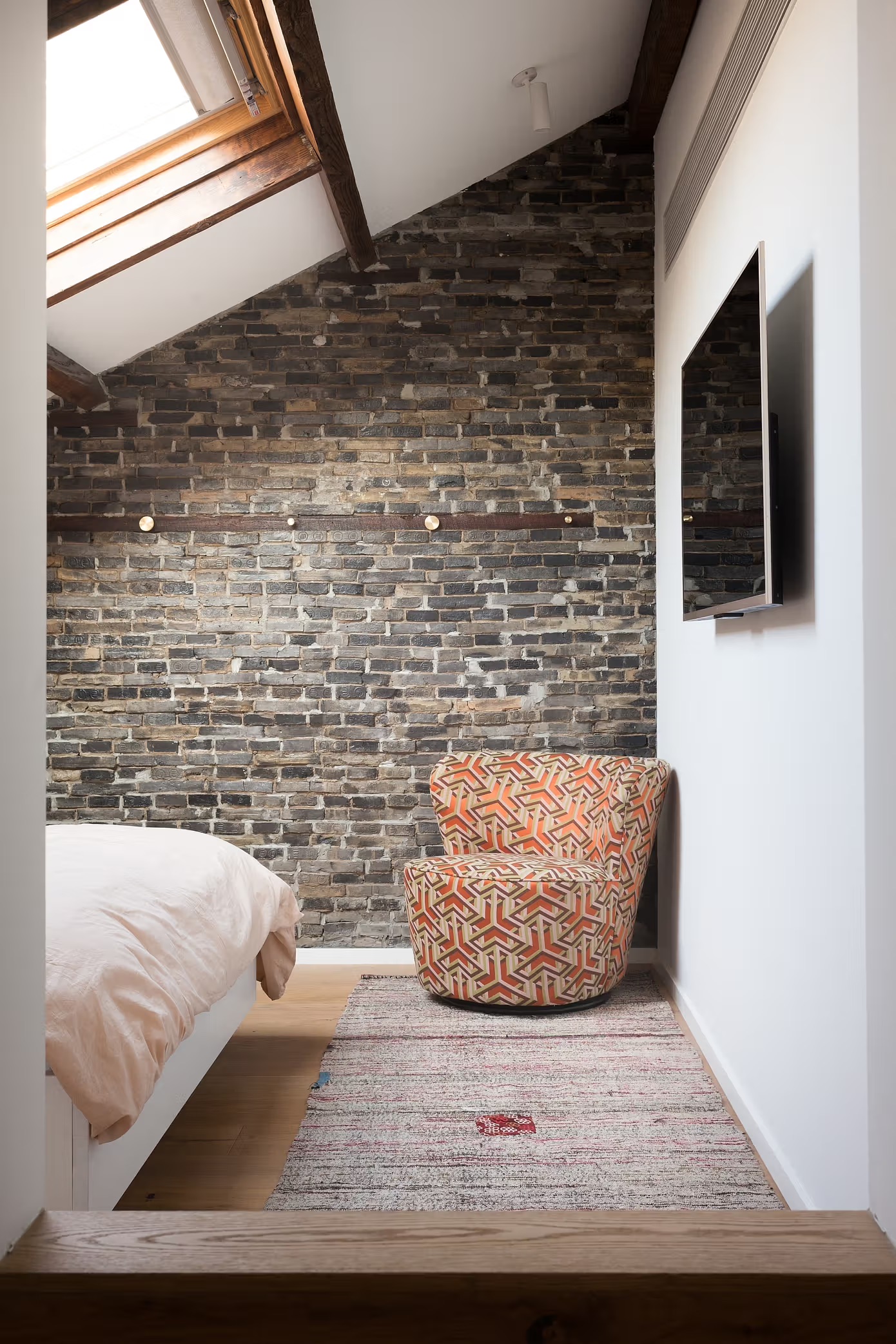
Intergenerational Bonds in Rural Courtyards
Beijing’s “Mother’s Home” (CPLUS, 2023) redefines the spirit of siheyuan (courtyard houses). Under a V-shaped roof, three functional zones unfold in a “品” formation: the eastern kitchen always smells of firewood, where elders steam buns while grandchildren bake bread at the island counter. The central courtyard features heated bluestone slabs—warming feet in winter and transforming into an open-air cinema in summer.
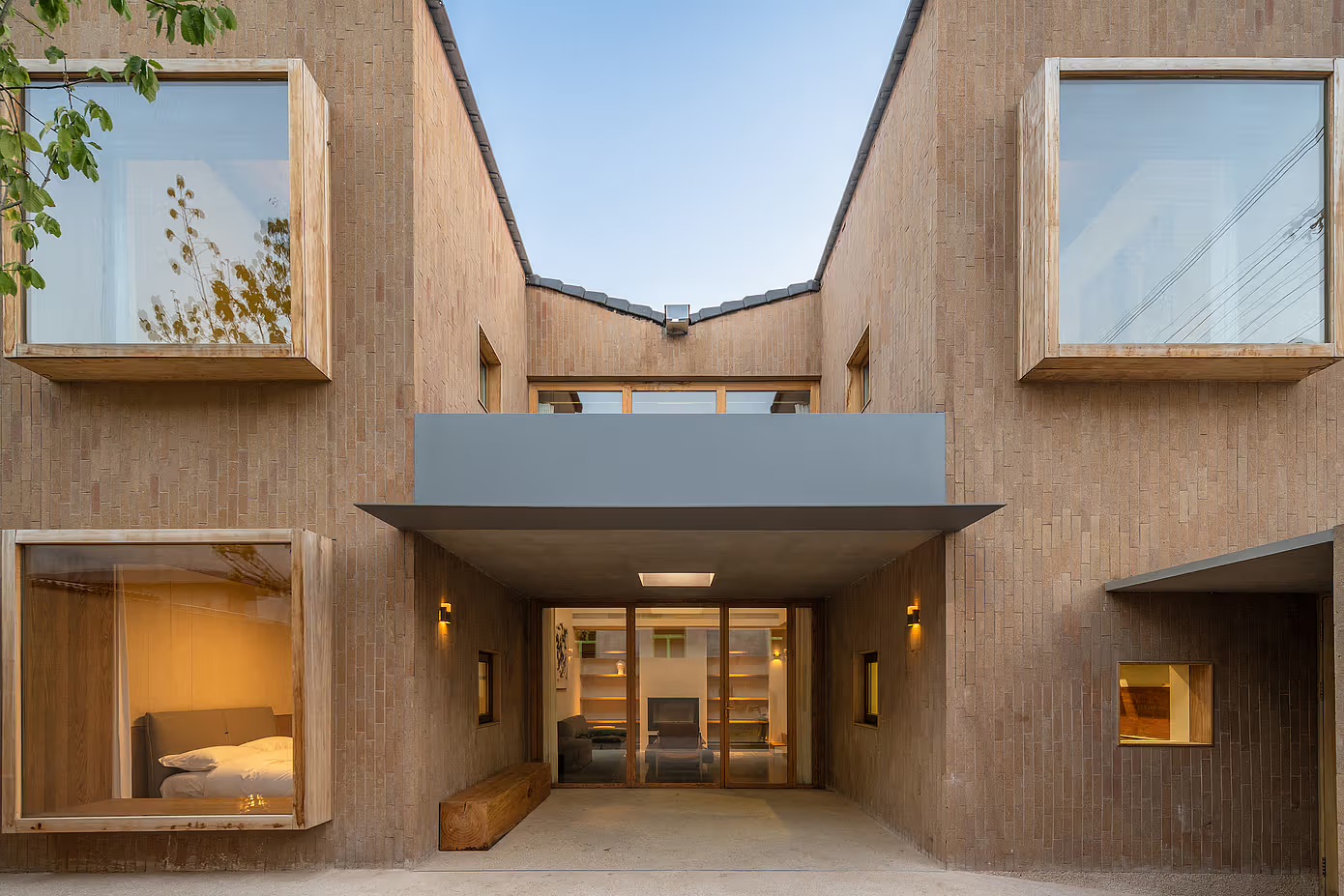
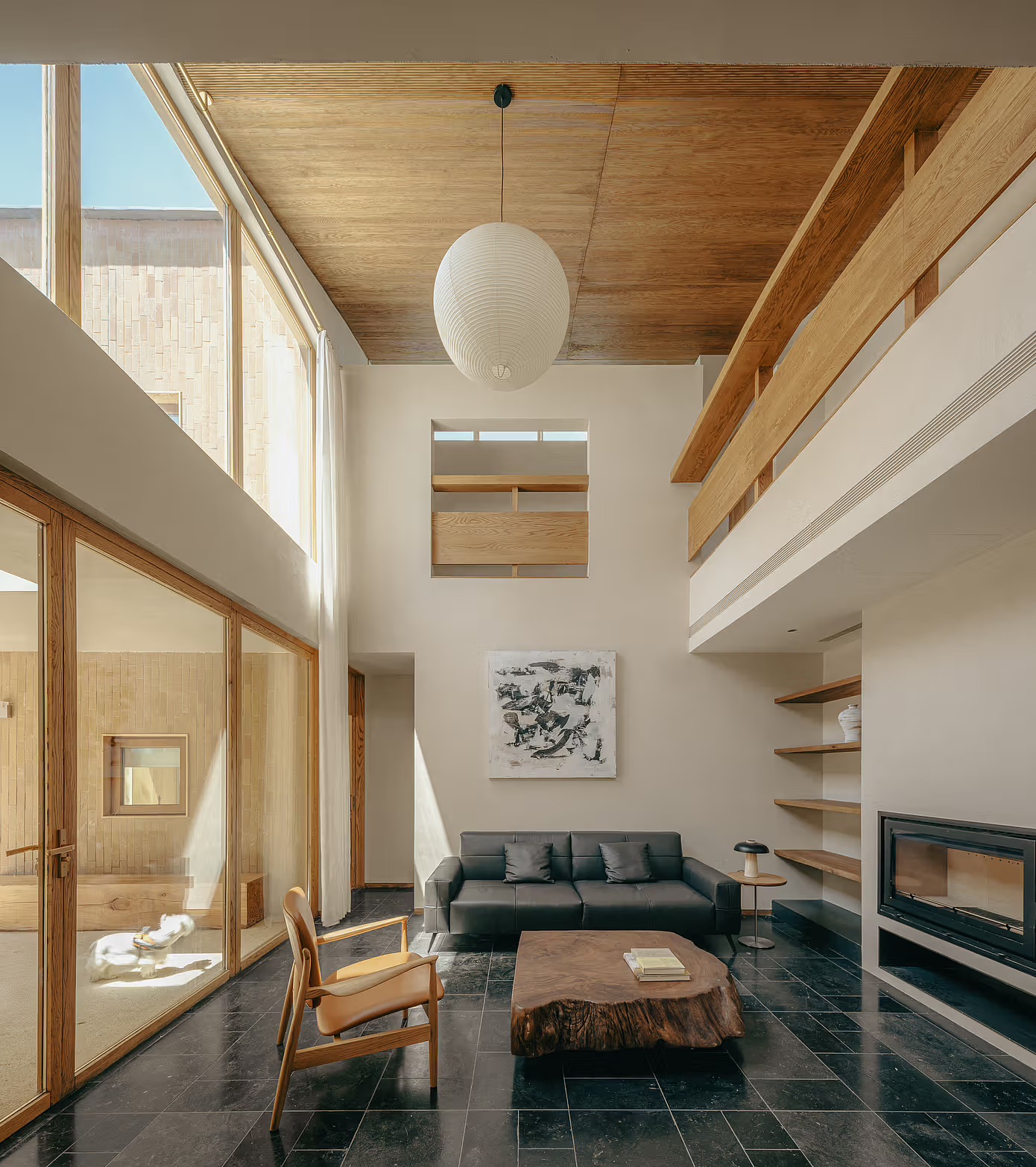
The most ingenious space is the 2-meter-wide eaves area—grandmother’s rocking chair for sewing soles sits beside her son’s coffee table, while great-grandchildren’s Legos scatter near the millstone. Red bricks are arranged in 24 solar term patterns, prompting children to trace them as elders share farming stories.
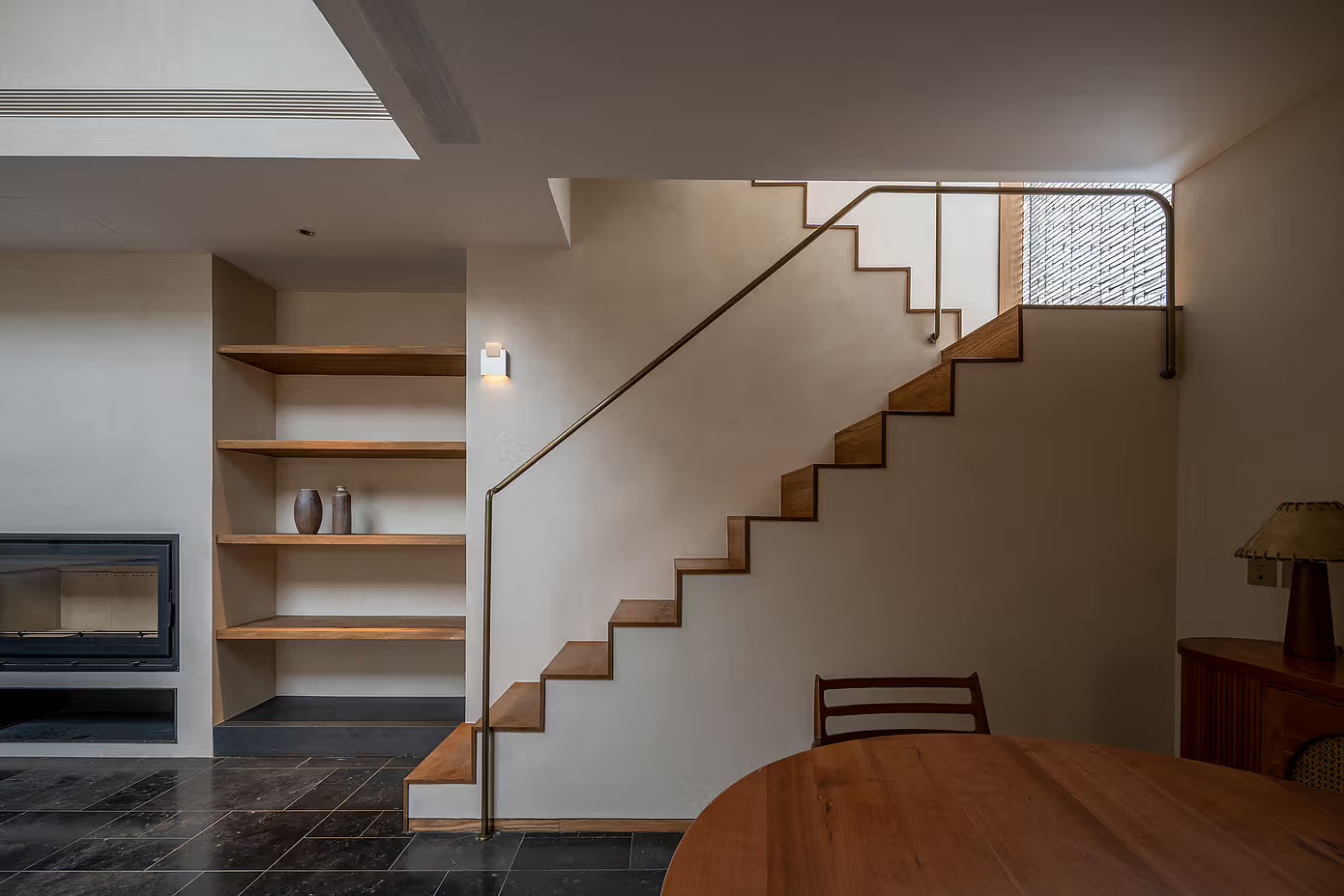
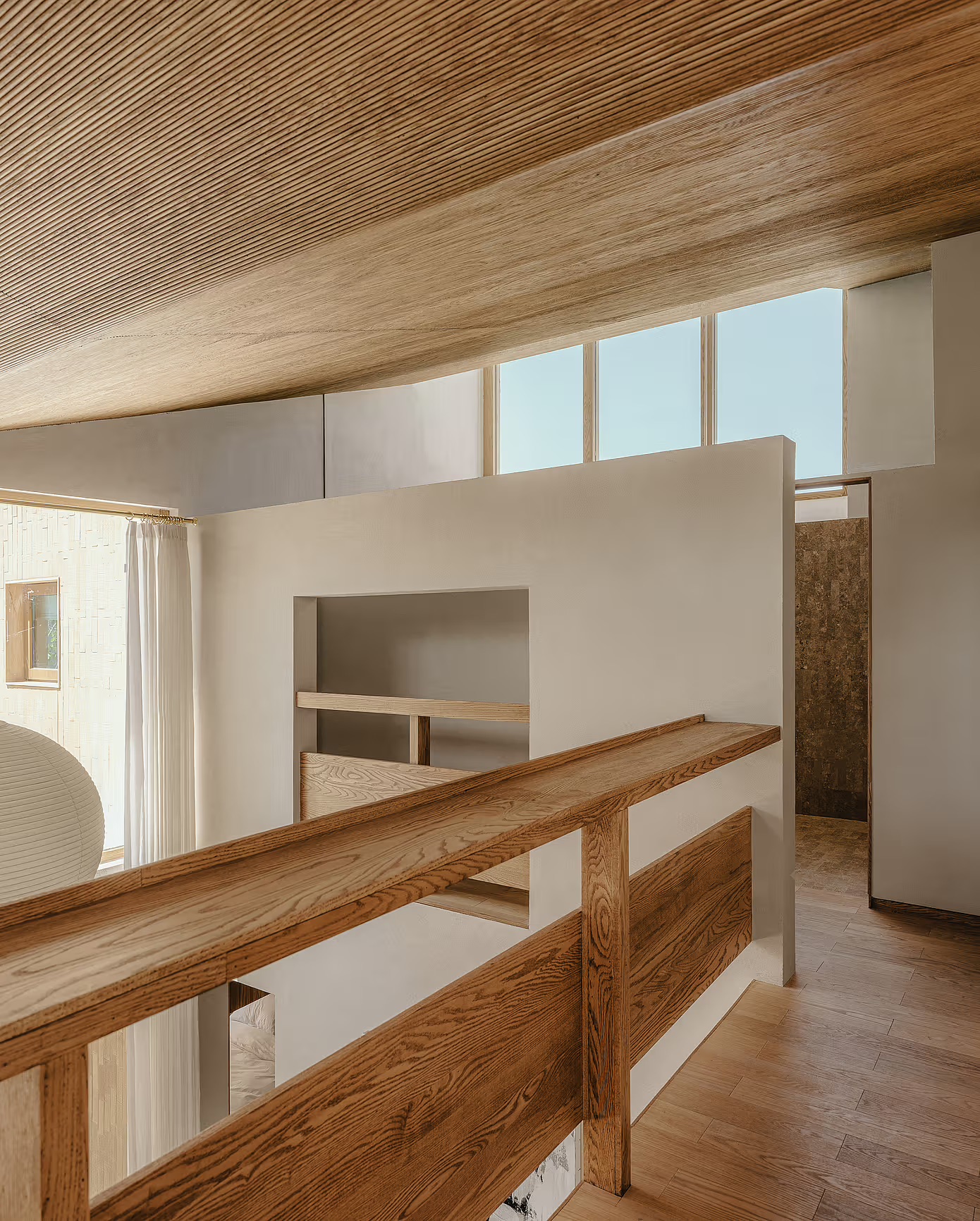
Nature’s Classroom in Orchard Villas
The renovation of a rural house in Pudong (Atelier LI, 2023) shatters the stereotype of “urbanites’ vacation homes.” A 21-meter cantilevered terrace serves as a viewing corridor—while parents work remotely, grandparents harvest tomatoes in the garden below. The tempered glass balustrades are etched with excerpts from Qimin Yaoshu (an ancient agricultural text), the words emerging faintly in morning mist.
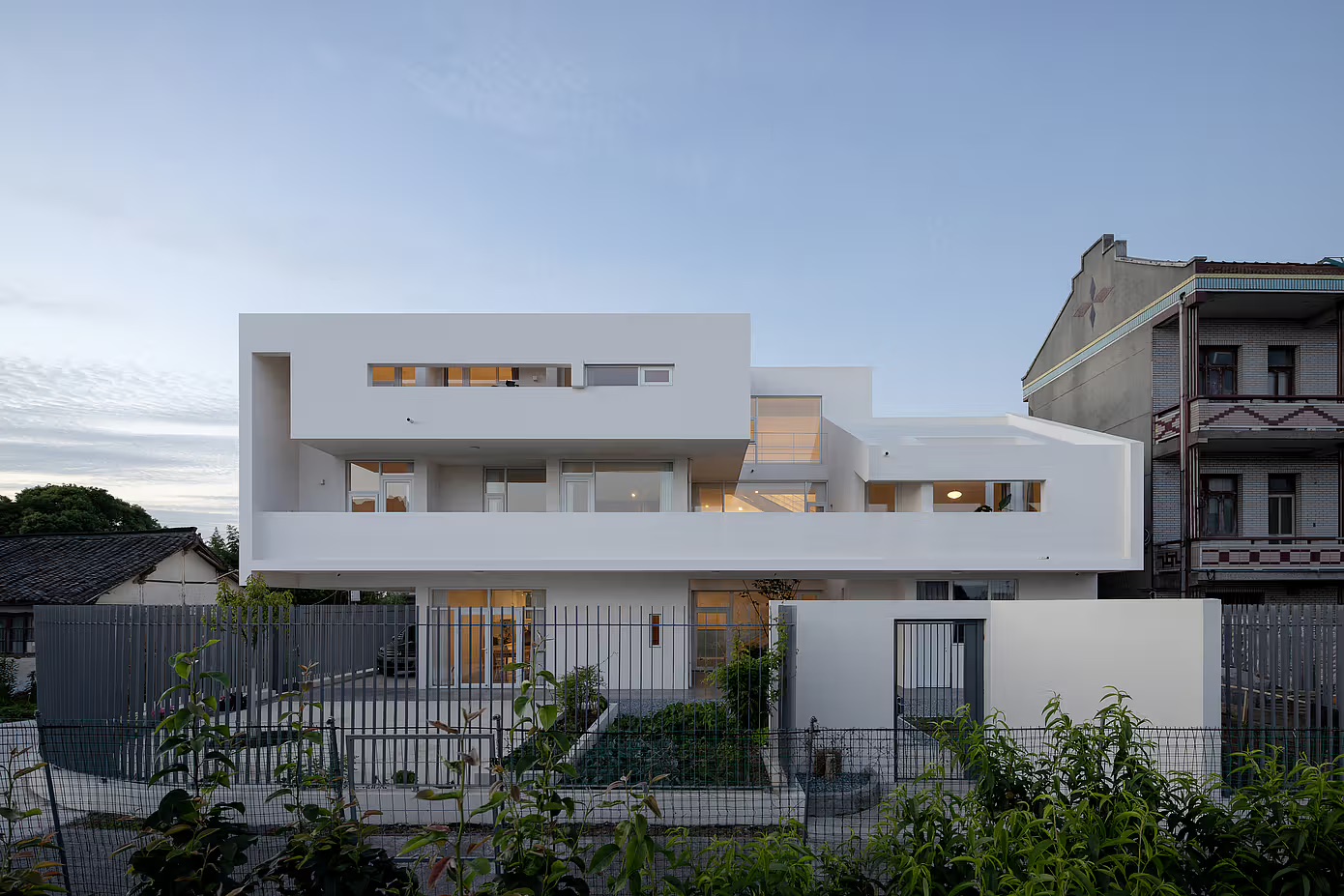
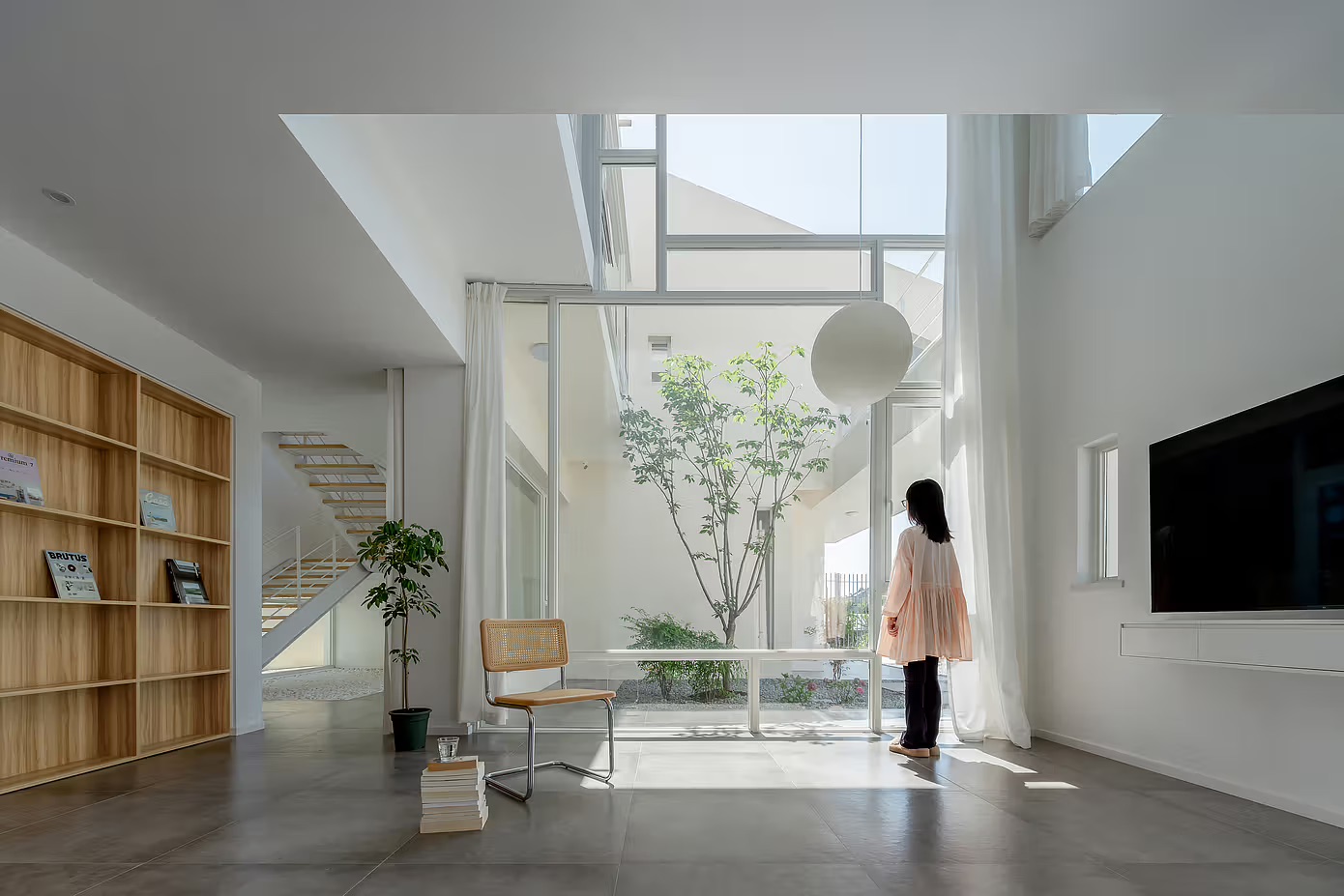
A three-story atrium houses a citrus tree; when fruits ripen, children tiptoe to reach them, only for Grandpa to gently tap them down with a bamboo pole—a ritual spanning 30 years. The white walls are far from sterile: local artisans mixed rammed earth with rice husks, leaving textures rough to the touch.
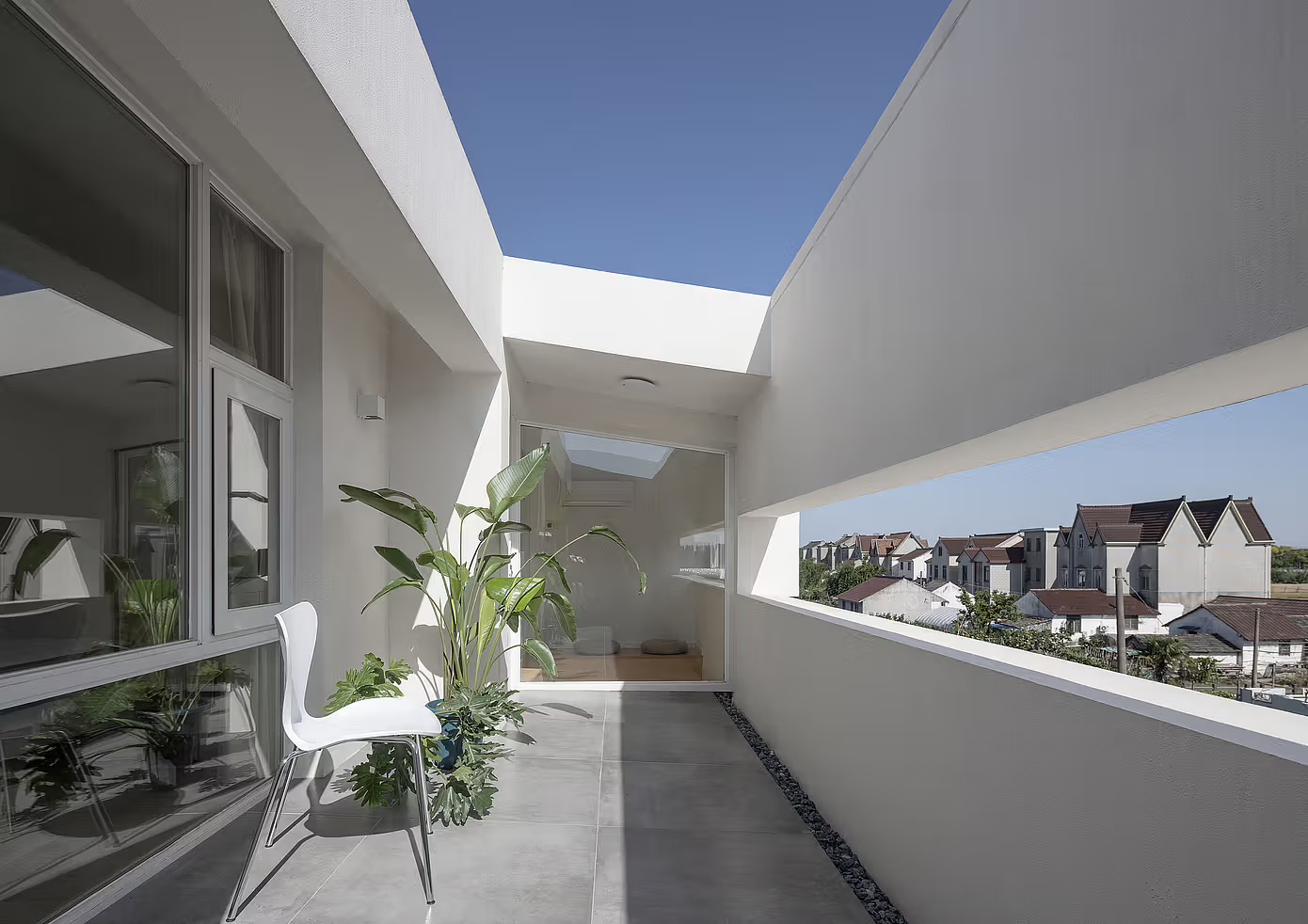
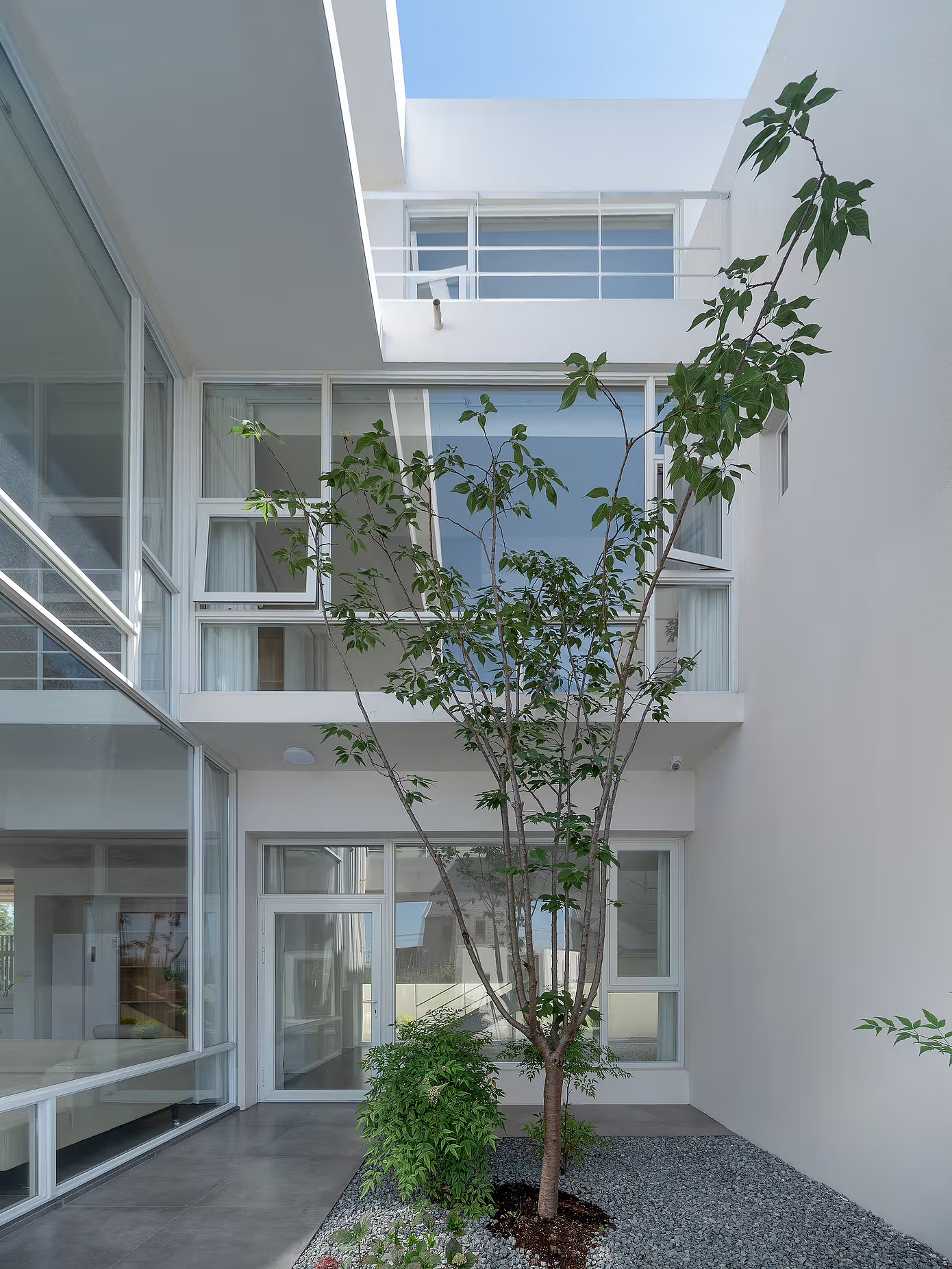
Urban Apartments as Growth Canvases
Foshan’s “Innocent Dwelling” (c.dd design) transforms 286㎡ into a vertical nature school. The entryway’s moss wall tracks children’s height, while the dining bay window opens for mint planting. The study’s pièce de résistance is a bookcase hiding a slide—siblings often tumble into the living room as if through a “knowledge waterfall.”
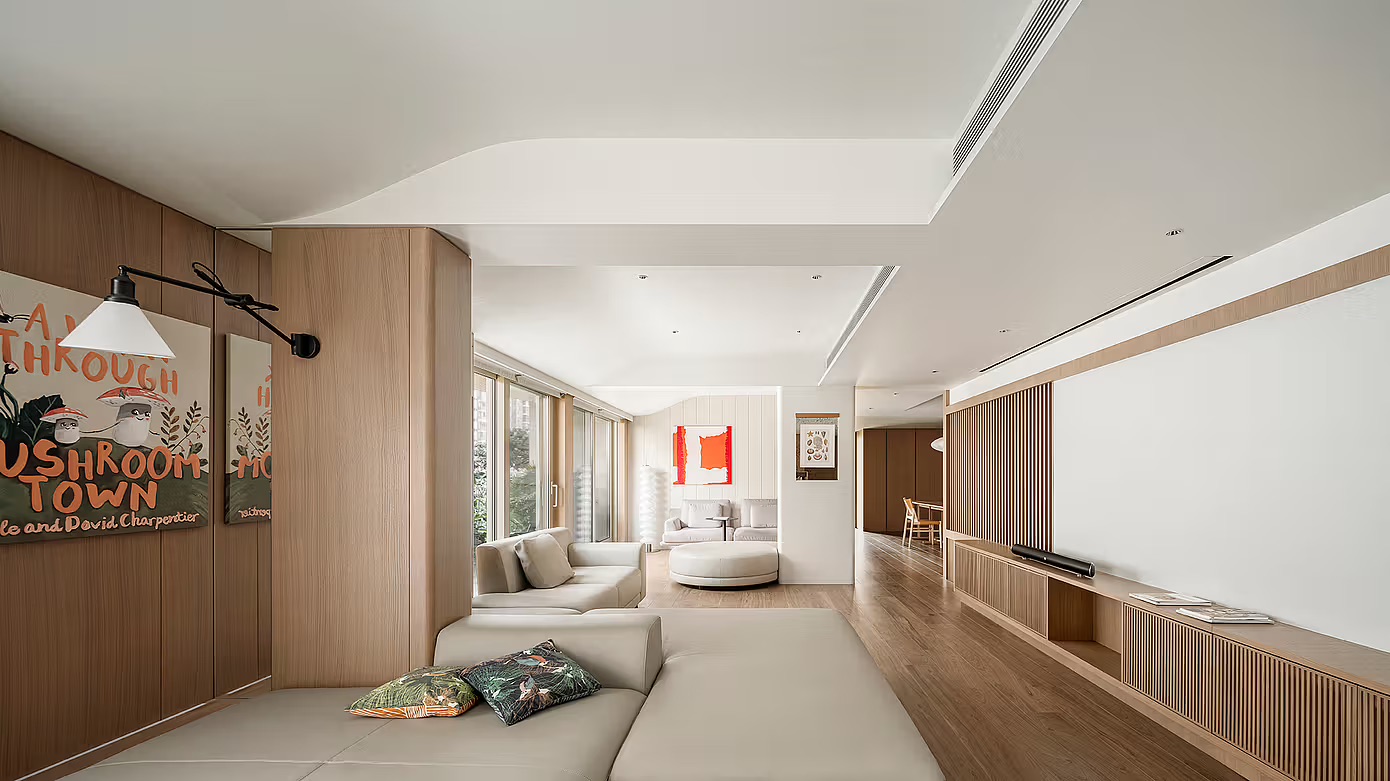
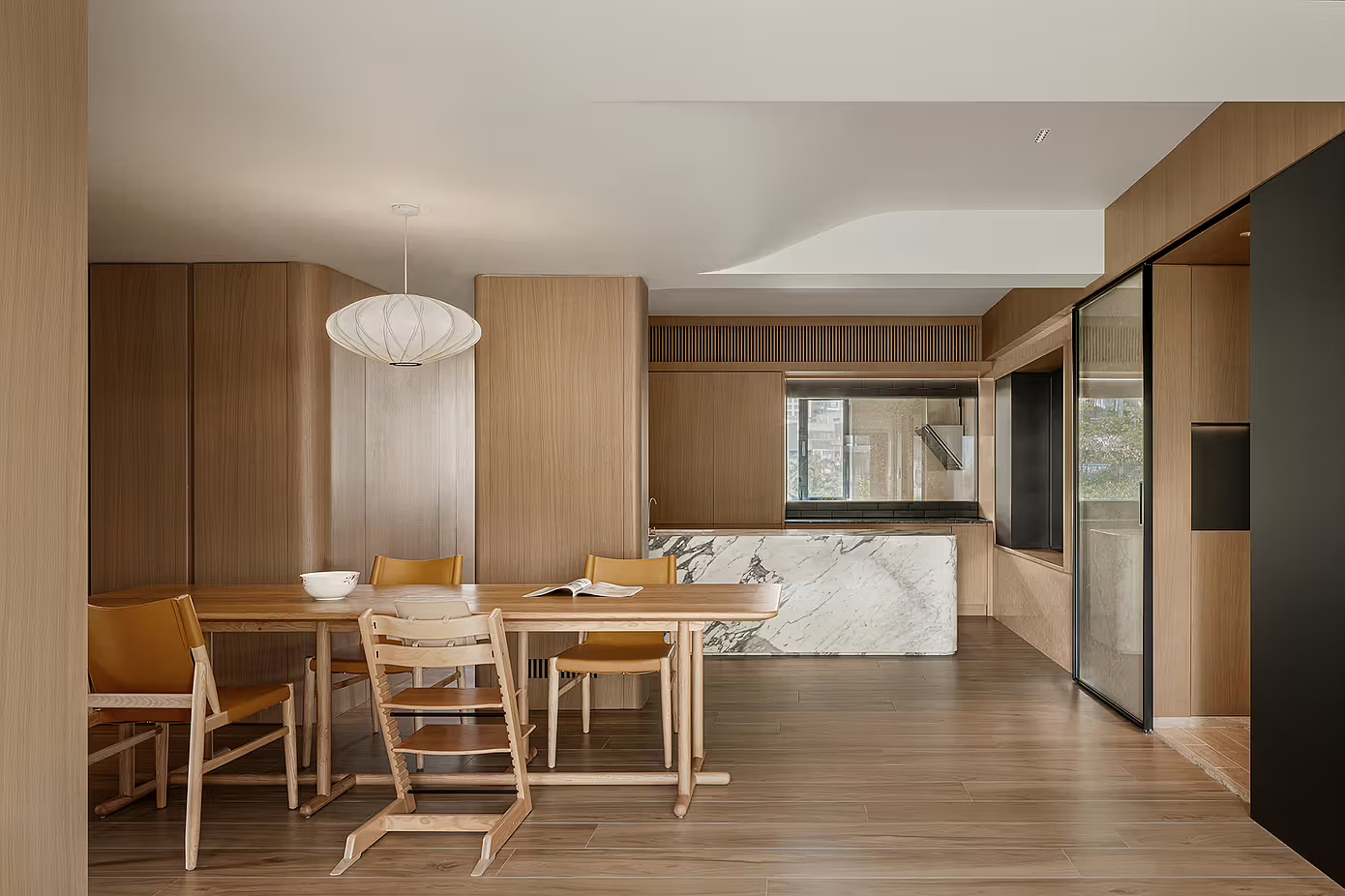
The curved wooden ceiling intentionally retains knots, with parents explaining: “Trees grow stronger where they’re wounded.” The balcony pond nurtures river snails; weekly cleanups become a family competition to spot eggs, offering biology lessons no textbook could match.
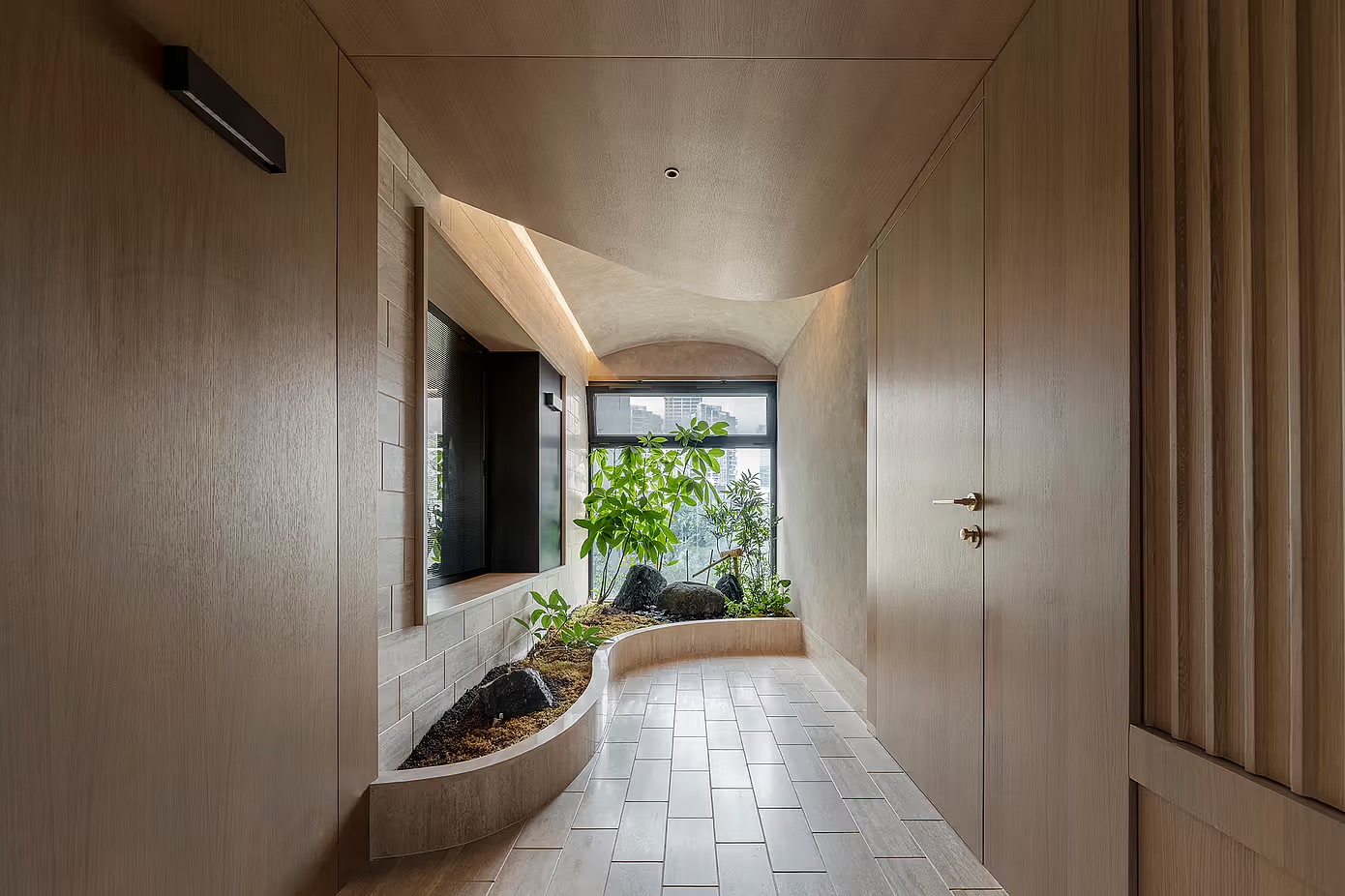
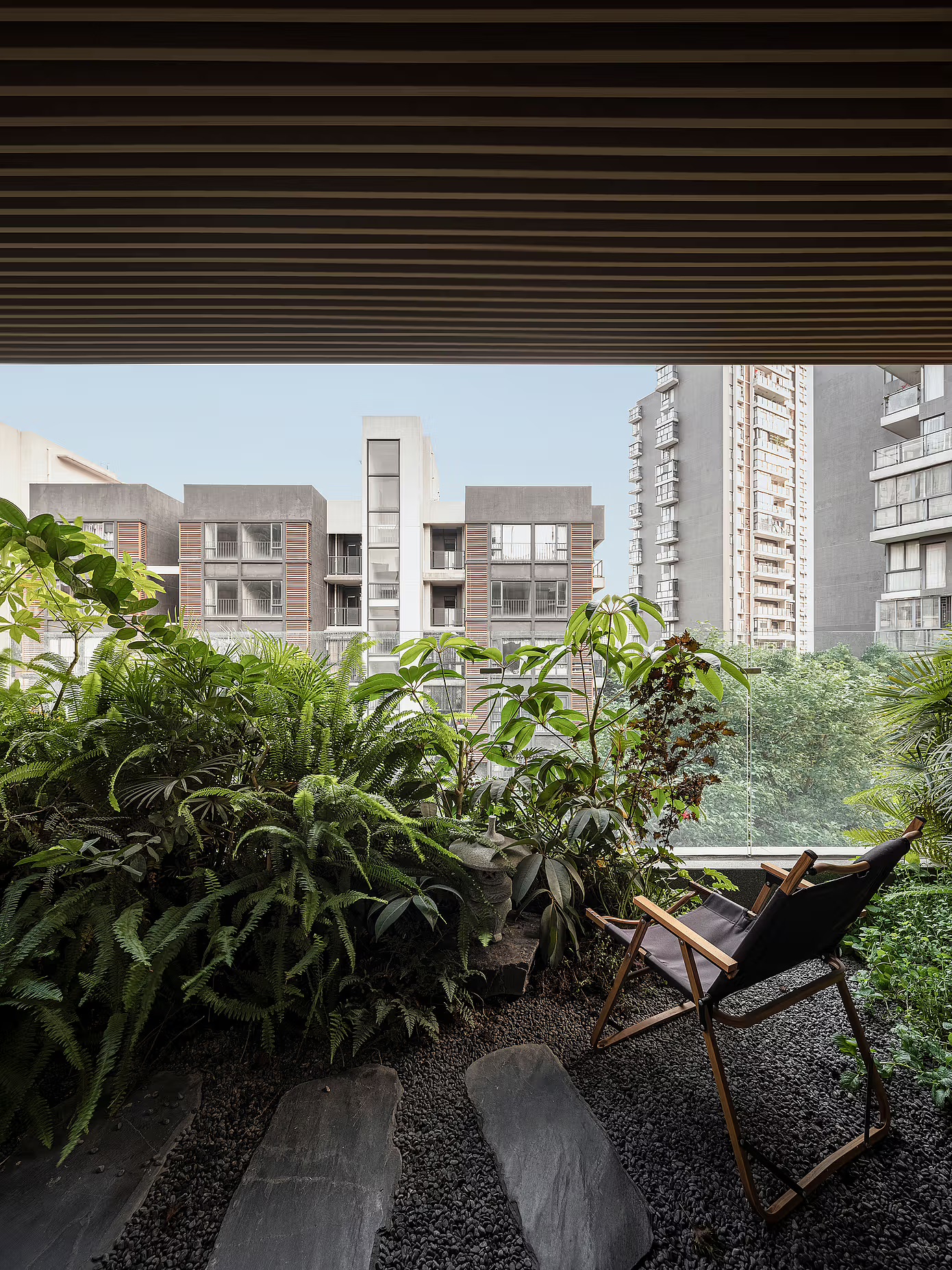
Three Pillars of Neo-Humanistic Living
喜可贺(”Xikehe”, Congrats Happiness) ©️, a pioneer in healing homeware, has launched the “New Life with Chinese Home Philosophy” initiative. Rooted in Chinese culture, it seeks to revive the legacy of family-based learning and craft a contemporary, human-centered way of living.
These selected cases in the first series share profound wisdom: First, spaces must be memory vessels. A Shanghai fireplace holds the owner’s grandfather’s inkstone, while Foshan’s washable walls preserve children’s doodles—material anchors for emotional continuity.
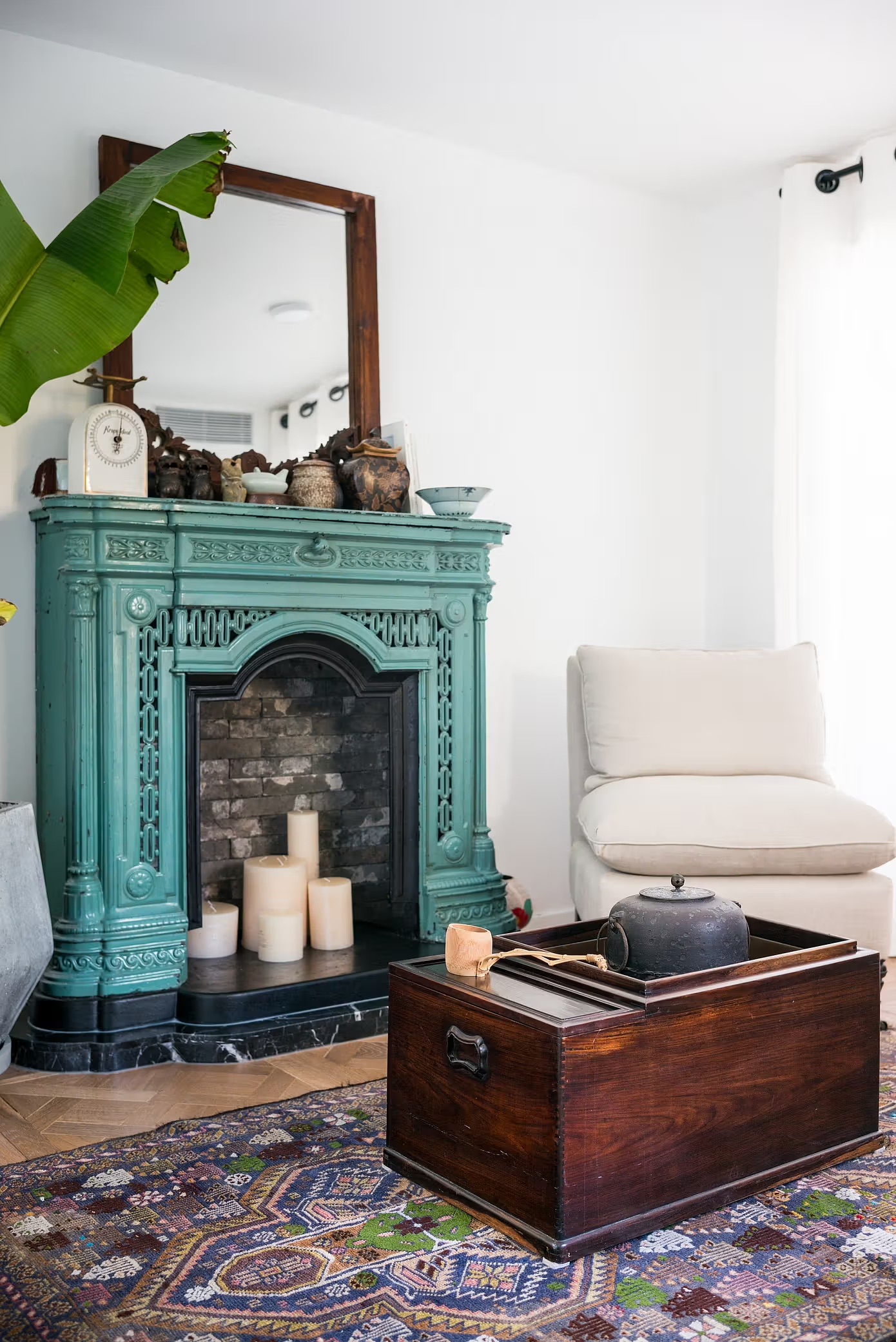
Second, functionality requires breathing room. Beijing’s movable braziers and Pudong’s adjustable glass partitions allow spaces to evolve with families. Most crucially, they redefine “luxury”—not as marble’s chill, but as sunlight filtering through lattice windows into teacups; not as smart-home gimmicks, but as grandfathers teaching bamboo-pole fruit harvesting, their laughter startling eaves’ sparrows.
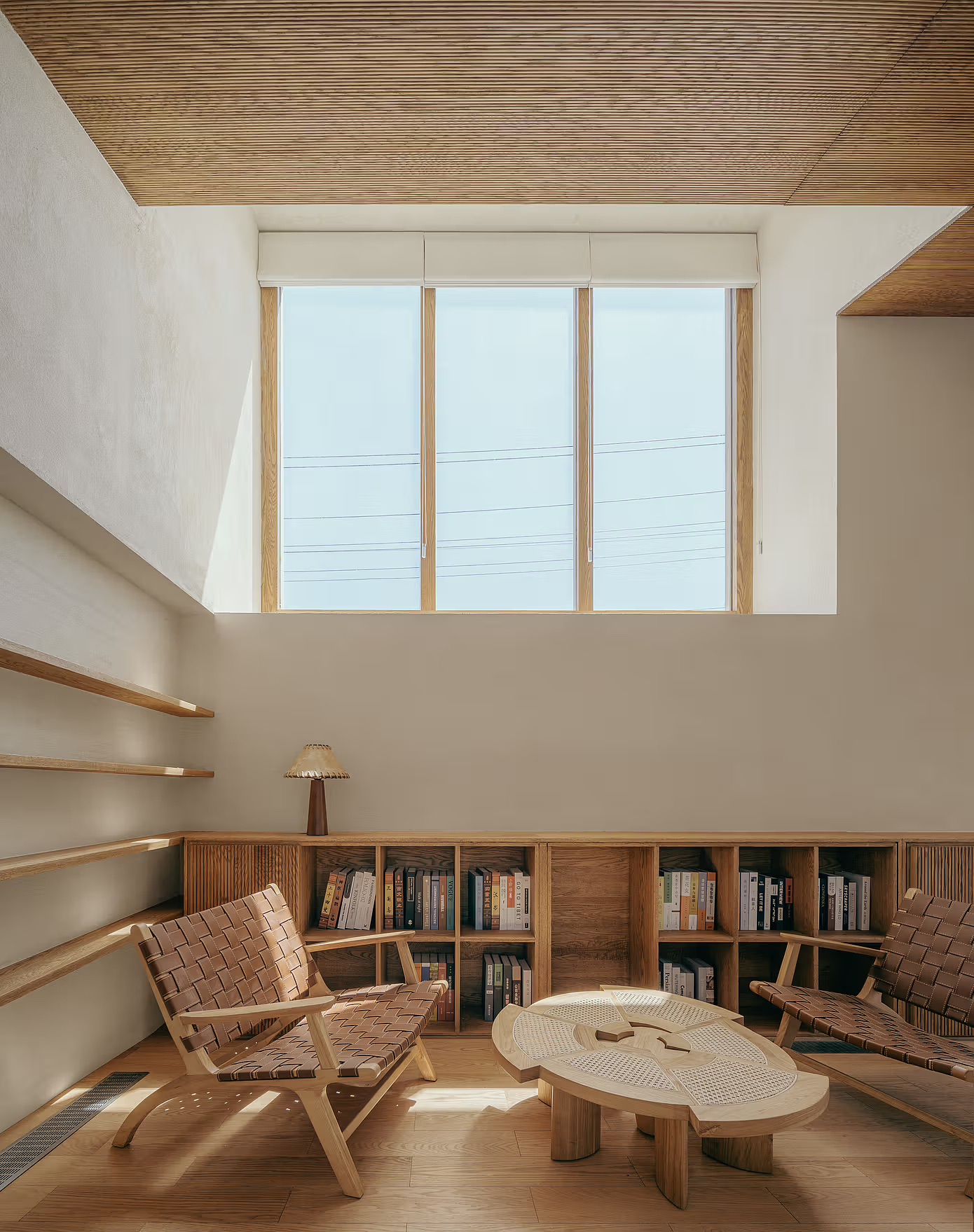
As cities erode poetic living, these designs quietly resist: balconies for cucumbers in concrete jungles, ancestral altars in cookie-cutter apartments. They prove true modernity never discards tradition—it lets old stories thrive in new spaces, like the Pudong villa’s osmanthus tree piercing three floors, its blossoms scenting every Mid-Autumn Festival anew.
About 喜可贺(Xikehe) ©️
The brand is directed by Huang Rongnan, who was awarded one of only three Excellence Awards (the grand prize was left vacant) in the global open competition for the UNESCO “City of Design” image identity.
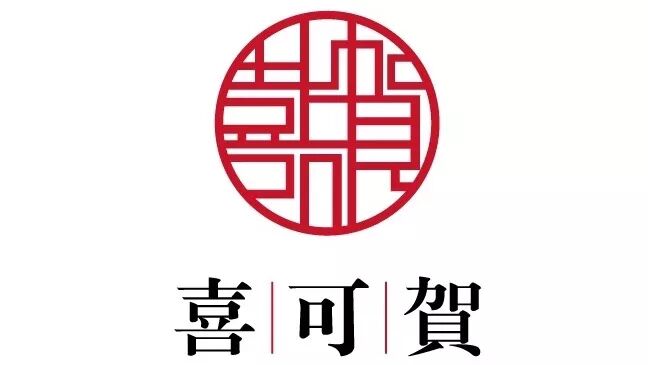
Making its debut, the “Eternal Blessings” Family Gift Collection was honored to be featured in the “Taste of the New Year” exhibition at the 2018 Shanghai Spring Festival Art & Culture Carnival, organized by the Shanghai Federation of Literary and Art Circles.
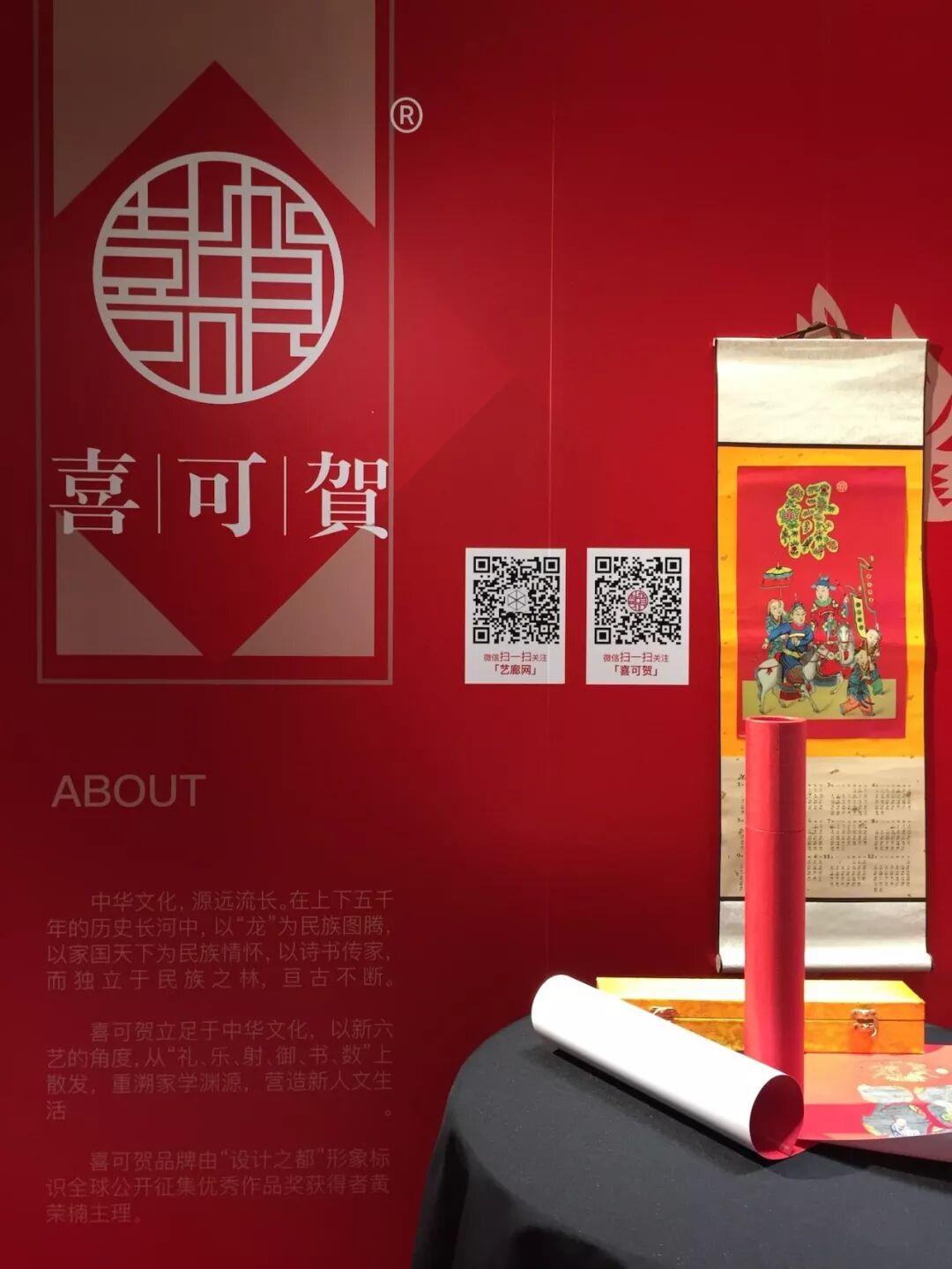
Using two-hundred-year-old folk woodblock New Year prints of “Fu Lu Shou Xi” (Blessings, Prosperity, Longevity, and Joy), it captures the age-old wishes and heartfelt customs that define the holiday for countless families.
Written by Alan Huang composed with GenAI for ArtThat, courtesy of design studios and photographers, shared with permission


